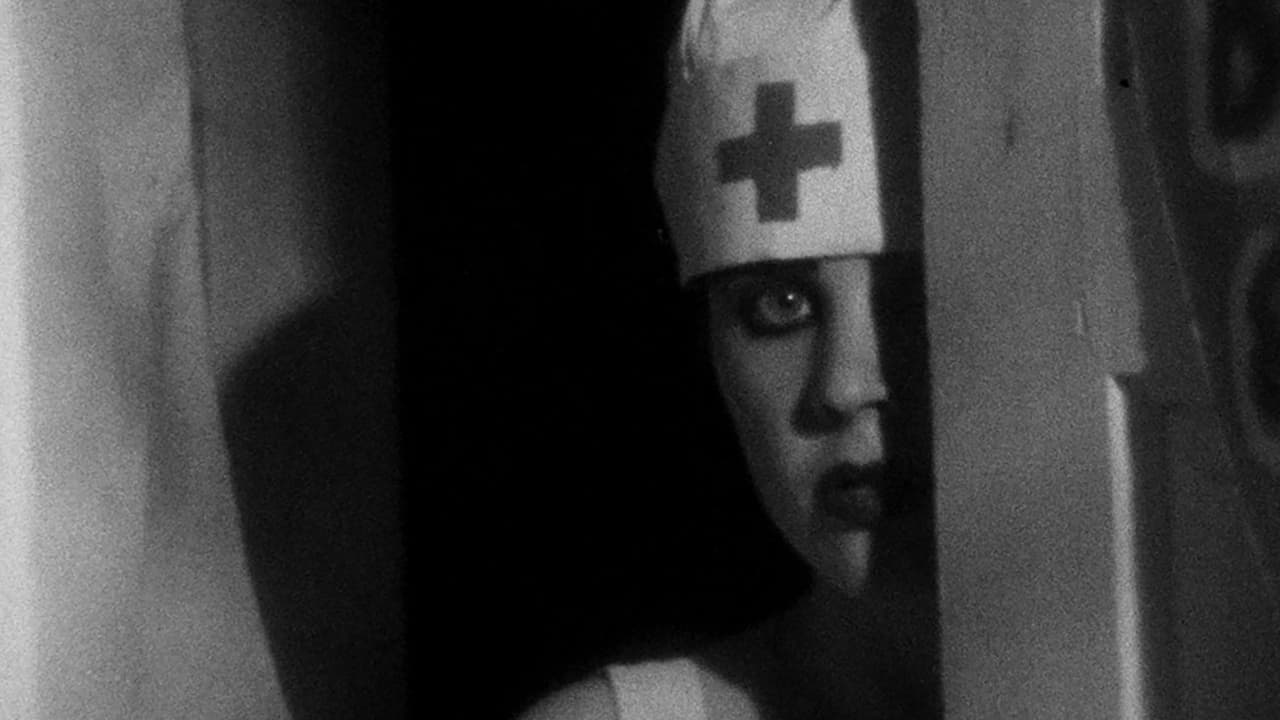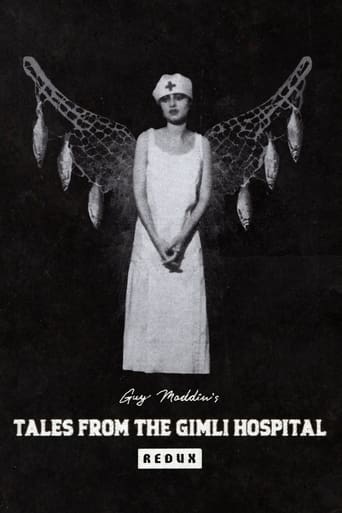

This is the first Maddin film I've seen, and it seems like a great introduction. The other reviewers have already touched on the plot and the mix of surrealism and silent film that Maddin brings together so I won't reiterate. I'll add though that Gimli actually *is* comparable to Eraserhead besides just being low budget and in B&W. (SPOILER AHEAD....) The "fish princess" that Einar sees can be compared to the "lady in the radiator" from Eraserhead, but different in appearance.So, to make this short, pick it up if you're a fan of Luis Bunuel and B&W era Lynch. This should also appeal to the silent film enthusiasts as Maddin is a big one himself.
... View MoreThe comments made above by "Spearin" express my own reaction to this film. I rented it on DVD because it sounded intriguing, but fully expected to yank the disc before it fairly got underway. To my pleased surprise, I was caught up in the story and captivated by the photography from the first seconds, and thoroughly enjoyed the experience--so much so, in fact, that I immediately replayed the movie with the director's often droll narration superimposed. Also on the DVD I rented was a short film by the same author, "The Dead Father," which is well worth watching. It, perhaps even more than "Tales from the Gimli Hospital," evokes early French surrealist film, but not in a slavish way. Both films gave me food for thought--about film and about human relationships. I guess this "nourishment" aspect of film-viewing is my basic criterion for judgment. On that basis, I voted an "eight" for "Tales from the Gimli Hospital."By the way, I was very interested to learn (from the director's commentary) some of the actual history of Gimli and its settlers. These were tough, courageous people.
... View MoreThis is a surreal film from Canadian filmmaker Guy Maddin, his first feature. The story focuses on the town of Gimli, Manitoba, a long time ago, during an outbreak of smallpox. Two patients in a strange hospital become friends, then deadly rivals. The film is in its own surreal world, with the town of Gimli featuring unconventional behaviour, like the people washing their faces with straw, squeezing the insides of fish onto their heads, rubbing dead birds onto patient's wounds, a weird black-faced minstrel, a cow that lives under a bed, and many fishes that are present in most scenes. It really is a special piece of low budget surreal filmmaking, and is deservedly compared to David Lynch's Eraserhead.
... View MoreIf you are looking for something unorthodox and bizarre and very arty, you should look into this. Guy Maddin turned his obsession with silent movies, surrealism, Luis Bunuel, David Lynch and god known what else into...something. I probably don't possess enough movie knowledge to competently judge this one or grasp everything that's going on, but I suppose that Maddin has something going here. Not that I had a lot of fun watching it. This is for an exquisite taste only. Nonetheless, it still left me curious about Maddin's other works.
... View More